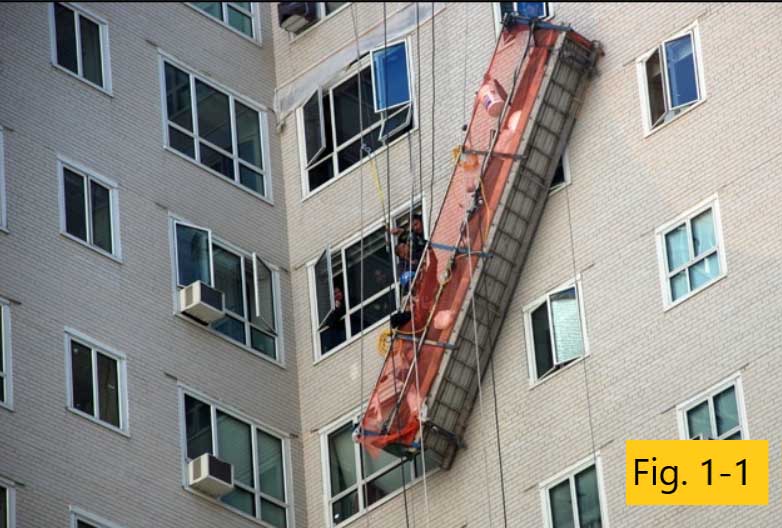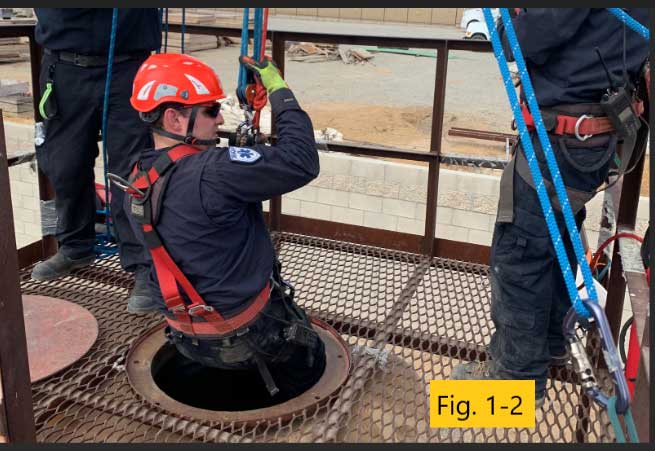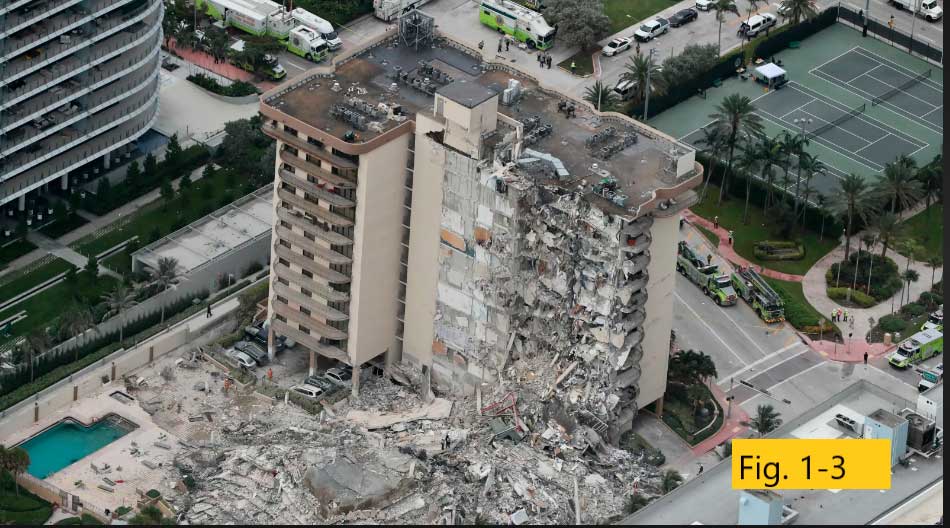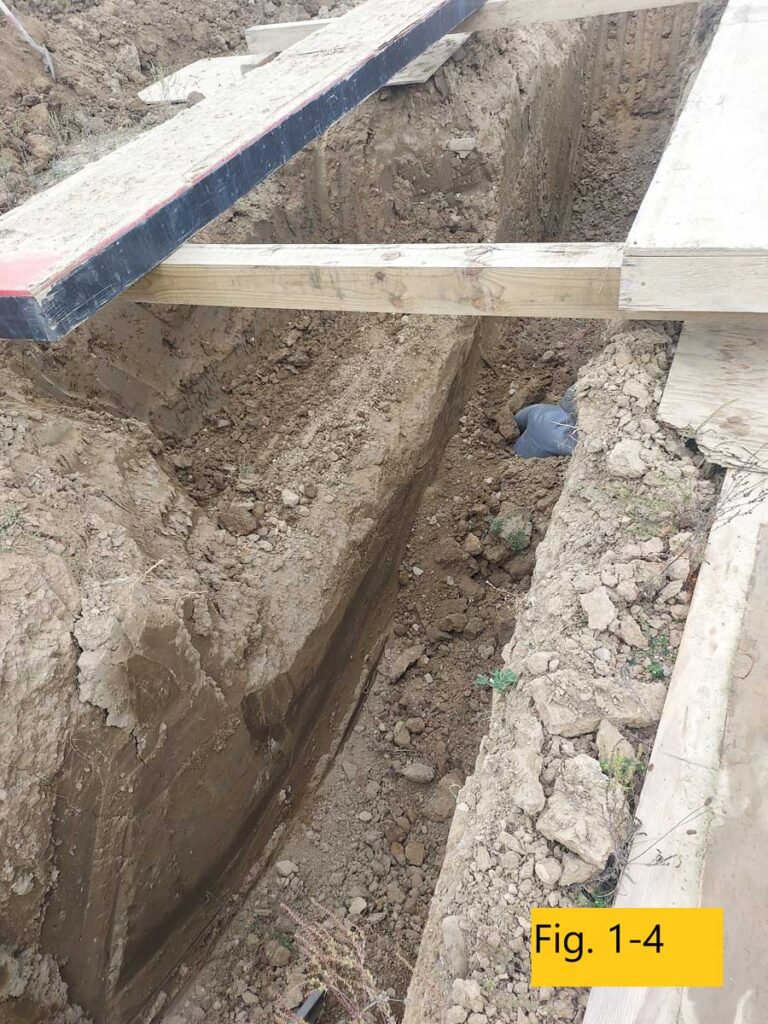By Mike Giroux
Unlike going to fire emergencies, technical rescues are a different animal. When you get dispatched for these types of emergencies, you start to develop a picture in your head of what you are going to respond to. However, that picture usually does not match the scene that you are presented with on arrival. So, what must firefighters prioritize when we are presented with a technical rescue scene that we were not anticipating?
Two Acronyms for the Fireground
When we go to fires, we have several tools or acronyms that can help us to not only determine our priorities, but also help us with size-up and starting our incident action plan (IAP). The two main acronyms that we tend to use are COAL WAS WEALTH and RECEO VS. To help with sizing up the situation, we will use the first acronym. Let’s discuss what it stands for and how it can help you on the scene at a tech rescue call.
C- Construction: What type of construction do we have? This is so important because it can help you in determining how the fire will travel.
O- Occupancy: What is it? Residential, commercial, or industrial? This will help us with our priorities.
A-Area: How big is the involved area and what is the potential for fire spread?
L- Life Hazards: Do we have life in there, and what are the hazards? Consider not only civilians but also firefighting personnel. Are there placards, hazmat storage, or even bars on the window that may present life hazards?
W- Water: Do we have enough water? Are we going to have a water problem based on the area involved in fire, the number of hydrants, the number of engines, and pump capabilities?
A-Auxiliary Systems: Are they operational, or are they hindering us? Consider sprinklers and standpipes, etc.
S- Street Conditions: Are streets accessible for the arriving units? If not, decisions must be made based on your standard operating guidelines or procedures or the fire area involvement.
W- Weather: What impact will the weather have on the scene, access, response, and safety?
E- Exposures: Are there adjacent buildings? You may have radiant heat and embers traveling to other buildings or structures.
A-Apparatus and Personnel: Do you have the right type of apparatus and are the personnel trained to the appropriate level to handle this type of emergency?
L- Location: Confirm the exact location with street name and number. Establish where staging area is located, if needed, and where exposure 1 or A is located.
T- Time: We need to take into consideration time of day. This will affect traffic patterns, daylight, and population in the area of the incident.
H- Height: Height of the building. This may dictate which type of apparatus you may need for the situation. For example, if you are responding to an eight-story, multiple dwelling with no throat, you will need to use rear-mount ladders or straight sticks. However, if the building has a throat, you may want to place the tower ladder or ladder tower in the center to cover the throat area.
This acronym will allow you to get a really good handle on the size-up of the situation. It allows you to set some priorities, but not a complete set. For that, we will use the acronym RECEO VS. Everyone in the fire service has heard of this at one time or another in their careers. This is a staple of priorities that the fire service lives by. This acronym stands for Rescue, Exposures, Confinement, Extinguish, Overhaul, Vent, and Salvage. I don’t think we need to explain these since you should be using this all the time.




It’s More Than Just Fires
We are all aware that we respond to many more incidents than just fires. Most fire departments go to activated alarms, EMS calls, motor vehicle accidents, and technical rescues. When we talk about technical rescues, the mental picture that emerges is usually a high-angle rope rescue, confined space rescue, building collapse, or trench rescue, just to name a few (photos 1-4 above). However, unlike fire calls, we have no system that can give us a good size-up, set our priorities, and initiate our IAP. We may have some type of “plan” when we arrive at these scenes, but we have nothing to follow as a “cheat sheet” to make sure that we are not overlooking any aspects of the operation. That is, until now.
When arriving at technical rescues, the incident commander (IC) can become overwhelmed with the amount of information that must be absorbed in a short period of time. ICs or operational leaders not only have to direct their personnel on scene, but also must listen to the personnel already on scene who may have been involved in the incident. It can become a great deal to handle, particularly if you don’t have a “cheat sheet” to follow.
WHATS UP: A Mnemonic for Tech Rescue Command
I have developed a very simple acronym to follow when dealing with any type of technical rescue. I have been using it for several years and it is simple, safe, and proven. The acronym is called WHATS UP. Yes, that’s right: WHATS UP. It is so simple to remember because when we get on scene, I know lots of firefighters will simply say, “what’s up?” So, what does this acronym stand for and how do we use it? Here’s the breakdown:
W- What Do I Have? It’s the size-up. Tell every unit coming in what you see. For example, if you have a trench, give the dimensions, shape, location, and number of victims. If you have a confined space, give vessel type, portal size and location (elevated, lower level, etc.) and internal/external configuration. For a high-angle rope rescue, let everyone know where victim is stuck, what work is being done, and the structure type.
H- Happened, Happening, Can Happen: Look at the scene and tell your personnel what happened. For example, “building collapse in exposure 1-2 corner,” “swing-stage scaffolding collapsed or is stuck tilted,” or “large wall collapse on straight trench.” Once that is done, determine what is happening now. “Continued collapsing, stable, or moving platform due to winds.” The last part of this is, think about what can happen. For example, the entire trench wall can collapse on victim, the swing-stage scaffold can get stuck into building or fall, depending on the hoist type, or we could have a total collapse of the second floor of the building.
A-Actions to Take IMMEDIATELY to Help Mitigate the Problem: At this stage, you want to look at the scene and think of the immediate action that can help with the problem. If we are dealing with a confined space, we can add ventilation to the individual if it is a hazardous atmosphere and it will help right away without going into the space. When dealing with a trench, if they hit a water pipe and then collapsed the wall, we need a pump to place a pump into the trench right away. If dealing with swing-stage scaffolding, we need to lock out/tag out right away to stop the power to the platform.
T- Time: This means a few different things. The time that the victim has been in the space, trench, on platform, in collapse, etc. This will help you determine your risk-vs.-benefit analysis. In addition, what time of day is it? This will help with how much daylight you have remaining and also maybe what the traffic pattern will be like. Next, time of season. Is it cold, hot, humid? This will help determine how many of your personnel may be needed to switch out enough rescuers to complete the evolution. All this falls under the time category.
S- Safety: This means that we need to identify the safety concerns for our personnel as well as the victim. When I think about safety, I think about Occupational Safety and Health Administration (OSHA) regulations. Make sure that you are following what OSHA states for that particular discipline. Remember, too, what your state’s OSHA says. There are many states that have adopted their own standards that are more stringent than the federal standard.
U-YOU: Do you have enough training and the appropriate training to perform this rescue? In addition, do you have the personnel and equipment to perform this rescue? These are some very serious questions that need to be answered honestly. If you answer no to these, then you need to call for mutual aid or have another team come in to perform this rescue. If you are not honest with yourself, people will get hurt or die. Nobody wants this to happen.
P- Perform: Lastly, if you have the training and equipment, then perform the rescue. This is the last step before placing your personnel into the situation to rescue the victim.
This acronym, as you can see, will work with any type of technical rescue. I hope that you keep this with you so that when you arrive at that technical rescue, you will have a “cheat sheet” to help things go smoother. Not only will it help you identify your priorities, but it will also initiate your IAP. We can all make technical rescues easier by using this acronym, which is simple, safe, and proven.
MIKE GIROUX is a 23-year veteran of and a lieutenant with the Yonkers (NY) Fire Department, mostly working in special operations. He is a nationally certified fire officer and fire instructor and is responsible for all technical rescue and personal escape training in Yonkers. He has taught confined space, structural rope rescue, and collapse shoring throughout the country.

